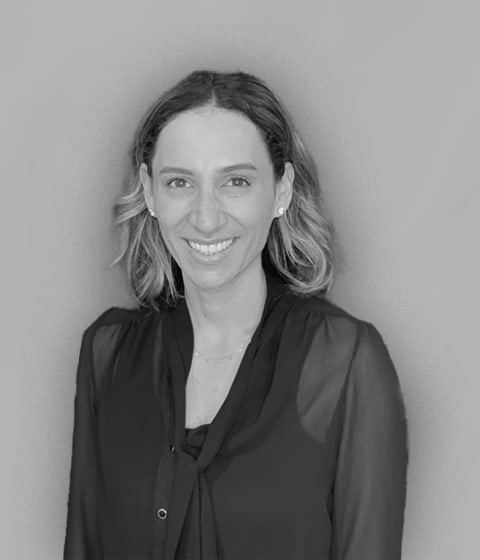Dr. Michelle Baron, a Thornhill native, completed her Bachelor of Science degree with honours at Queen’s University, receiving the gold medal for psychology. While working on her thesis, she was inspired by her research into the visual system and social implications for the visually impaired, which led her to pursue a career in Optometry.
Dr. Baron completed her Doctorate of Optometry at the University of Waterloo in 2013. As a student, she was involved with the Volunteer Optometric Services to Humanity (VOSH) and travelled to underserved areas of Belize that did not have access to primary eye care.
Dr. Baron also had the rare opportunity to work closely with some of the top cornea, retina, and neuro-ophthalmology specialists in North America. She gained hands-on experience in the diagnosis, management, and treatment of severe and rare diseases of the eye. Her experience provided her with the chance to observe some of the latest techniques being used in refractive, cataract, and retinal surgery.
Since graduating, Dr. Baron has settled in North York and has practiced with a series of optometrists and ophthalmologists. Her primary focus has been managing ocular disease for the geriatric population. She has also served as the primary eye care provider for adults with developmental disabilities living at a group home in Markham.
Dr. Baron is a proud member of the Ontario Association of Optometrists (OAO) and a Clinical Associate with the Optometric Extension Program Foundation (OEP). She is certified to provide vision therapy exercises to adults and children who may have difficulty coordinating their eye muscles or accommodation systems.
Outside of optometry, Dr. Baron enjoys long-distance running. She completed her first half marathon in New Orleans and hopes to continue running many more. She also enjoys travelling and spending time with her friends and family.
A word from Dr. Baron;
One of my memorable patients was James. He was a 13-year-old boy with high functioning Asperger’s. His mom brought him to see me urgently due to severe pain, redness, and swelling of his right eye.
When I first saw James, his eye was completely swollen shut, and he was in excruciating pain. Due to his high level of anxiety, he would barely let me touch his eye or examine it. Part of James’ treatment plan was an intensive course of drops and frequent follow-ups.
James’ eye improved greatly with treatment, but what changed most was our relationship. He began to trust me and allow me to examine his eyes with ease. James went from screaming in the exam chair to rushing in to tell me his latest updates on his marks at school and his winning goals on his sports teams.
These bonds and connections that I make with my patients and their families daily are of paramount importance to me and are why I love what I do. I strive to provide high-quality, efficient eye care to all my patients and their families, and I look forward to making special long-term connections with all my patients within my home community.





